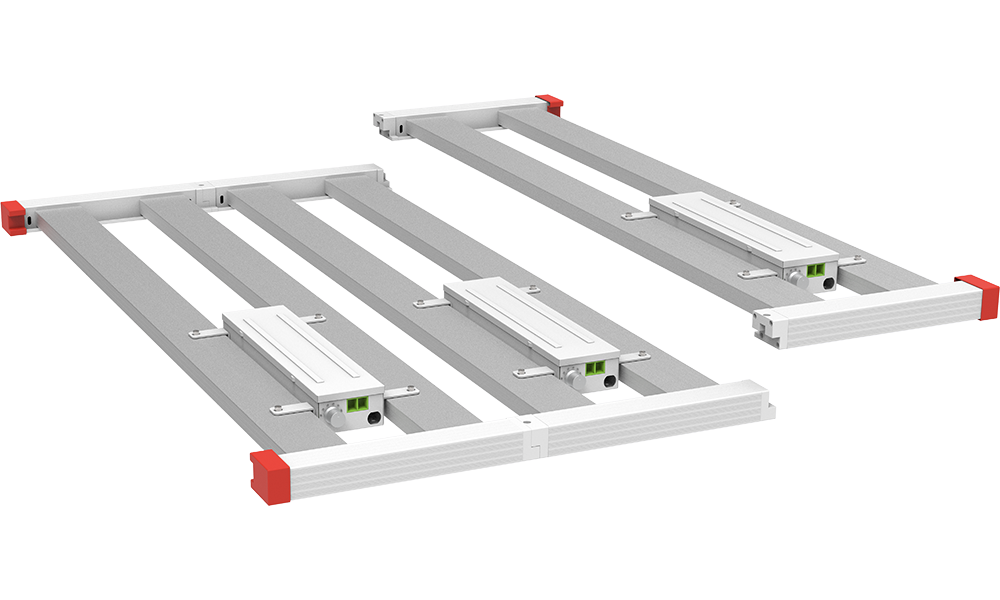Cannabis is any one of three plants – Cannabis indica, Cannabis sativa and Cannabis ruderalis. Commonly used for medicinal and recreational purposes because of its psychoactive properties, cannabis can be used to alleviate persistent pain when dried.
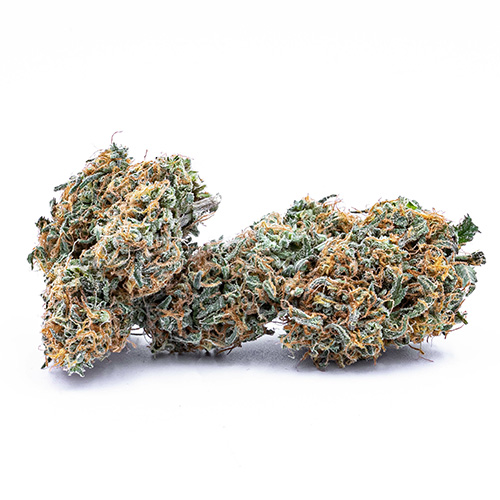
This dried form of the plant is commonly known as marijuana, weed, or pot. It contains 120 active ingredients, which tend to have psychoactive or euphoric effects for people who take it. Of the two most common active ingredients, cannabidiol (CBD) is psychoactive while delta-9-tetrahydrocannabinol (THC) has both psychoactive and euphoric effects. Cannabidiol is used medicinally to ease pain, nausea, and anxiety, and it is non-intoxicating when ingested.
Can I Grow Cannabis at Home?
Many people have been debating for the last few years whether or not cannabis should be legalized. In the United States, around 18 states have legalized cannabis for recreational use, while another 13 have decriminalized it. This implies that anyone who want to grow cannabis at home can do so if they live in one of the 18 states where it is legal, with the exception of New Jersey and Washington state.
As of October 1, 2021, medicinal patients 18 years and older were allowed to grow 3 mature and 3 immature plants within their homes, with maximum of 12 total plants each household. For adults over the age of 21, they can grow medicinal Cannabis inside their homes starting on July 1, 2023, all under the same rules as stated above.
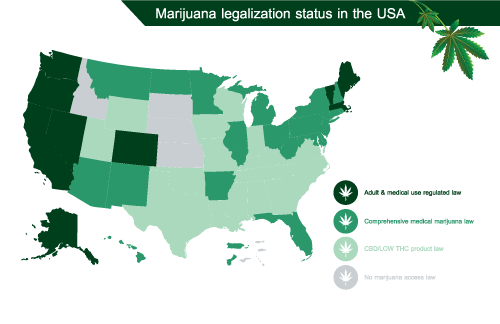
It is, however, essential to know that there are limits to this which include:
- Cannabis products must not be grown in areas that are visible to public eyes.
- Ensure that individuals below 21 years of age do not have access to the plant being grown inside the household.
- A person who is permitted to grow a cannabis plant can only do so in their primary residence.
Growing Cannabis at Home: A Guide
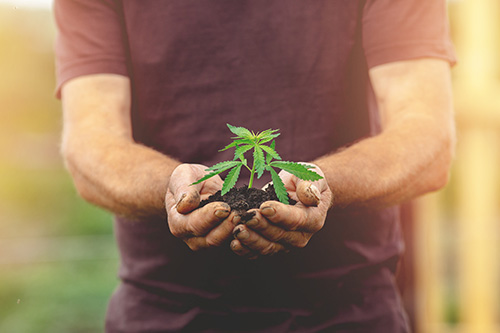
Beyond the restrictions on growing cannabis in public areas, one of the key reasons for growing it indoors is that it allows for proper monitoring of its growing conditions. It helps you to detect any issues while your plants are growing, and work out where they come from.
If you meet the critera of the checklist above and found that you are allowed to grow cannabis at home, then it’s time to get to the gist of the story – how to grow cannabis at home.
Factors to Consider When Growing Cannabis At Home
To successfully grow cannabis in the comfort of your home, you will need to pay attention to the factors that affect the plant’s growth. This includes humidity, temperature, nutrition and a cannabis grow light.
This might seem like a lot to consider, but gaining a thorough understanding of the best growing conditions for cannabis will help you ensure that your plant thrives – without breaking the bank!
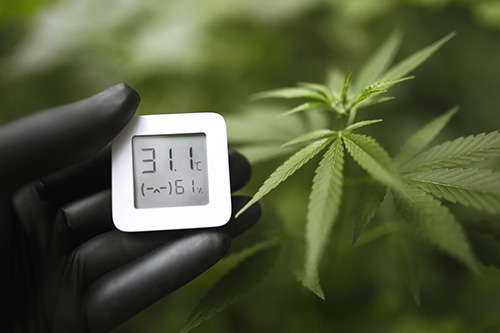
So these are the conditions you need to set up for growing cannabis at home.
Temperature
First off, we need to think about temperature. Every plant has a preferred temperature, and cannabis is no different. As you’re growing the plant indoors, you can set it up with the temperature it needs for optimal growth.
The ideal temperature for the growth of cannabis depends on its growth stage. This temperature range is around 68 – 77 degrees Fahrenheit (20 – 25 degrees Celcius) during the vegetative stage, after you’ve transplanted them into larger pots. When flowering, the perfect temperature is between 65 – 85 degrees Fahrenheit (18 – 29 degrees Celcius).
Nutrition
Plants must be properly nourished to get the best results – otherwise they will wither and die! Quality cannabis nutrients come with a guide on how to use them. However, it’s important to check the soil pH before and after adding the nutrient mix, as it tends to push the pH higher. Aim for a pH between 5.8 and 6.5.
Water and Humidity
Cannabis needs a humidity level between 40-70%. Anything below 40% can slow the plant’s growth, while higher humidity can make the plant prone to mold and diseases. Depending on the season, you may need to use a water system, humidifier, or dehumidifier to maintain the right balance. Make sure you have a hygrometer, so that you can measure the humidity in your growing room accurately, and keep the conditions in the optimum range.
Watering your plant is one way to ensure it doesn’t dry out and contributes to the right humidity. Depending on the quantity of cannabis you are growing, you can decide whether to hand-water your plants or install an automatically timed irrigation system. Usually, hand-watering is a better choice for growing personal amounts of cannabis, while commercial growth often warrants an irrigation system.
Light
Light is required for photosynthesis, which is how your plant gets its energy. While outdoor plants use sunlight, we have to provide light to our indoor plants using artificial lights. A cannabis grow light is an ideal way to provide your home-grown cannabis with the light it needs.
Making the Choice of Grow Light - LED or HPS?
Most people use either an LED grow light or HPS as a light source for home-grown cannabis. The LED option is usually the best grow light for cannabis grown at home. These lights are more efficient, using approximately 90% less energy than HPS to produce the same amount of light. Other advantages of LED grow light over HPS are:
- LED grow lights don’t generate so much heat. This means you can hang them closer to the plant, giving them optimal light exposure without the fear of overheating.
- LED lights have a longer lifespan than HPS, making them the more cost-effective option long term.
If you are looking to purchase the very best lighting for your plant, then Wattgrower professional grow light is the best grow light you can find for your non-commercial growing use. As well as the LED light advantages we’ve listed above, these lights also offer scalable flexibility, the ability to customize your choice, and a more productive full-cycle cultivation.
Equipment You Need to Get Started
To take the stress out of shopping for your baby plants, here’s a list of all the supplies you need to produce the perfect environment for growing cannabis indoors:
- Pots
- Soil
- Watering can
- pH meter
- Humidifier/Dehumidifier
- Fertilizer
- Professional Grow Light
- Irrigation system
- Timer
- Ratchet straps
- Pruning snips
- Hygrometer
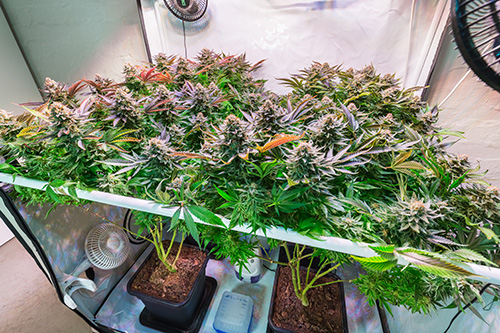
Getting Started with Planting
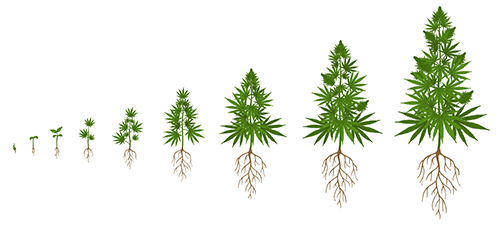
Now that you know what equipment you need to care for your cannabis plant, the next step is to learn how to set up and begin planting your very first Cannabis plant. This can be done with the following steps.
- Clean up the space you plan on using as your farm.
- To use the smaller pots before flowering, create holes at the bottom and fill with soil to the top, leaving only about ½ inch of headspace at the top. For the bigger pots to be used for transplanting, fill the pots, leaving only about 2 inches of headspace at the top of the pot.
- Germinate your seeds until a taproot has formed. Drill a hole of about ½ inches in diameter and isert the germinated seed, loosely cover with soil, and cover with a perforated plastic wrap.
- Hang the fluorescent lights right above the pots.
- Remove the plastic wraps once the first sprout is seen.
- In 7-10 days, transplant the sprouted plants into the bigger pots.
- Using the ratchet straps, hang your LED grow lights above the transplanted plants. Lights above 300 watts should hang 70-80cm above the pots. Lights above 450 watts should be at least 80cm away from the pots.
- Water and fertilize your plants using the hygrometer and pH meter to maintain the right pH and humidity level.
Harvesting your Cannabis
The time for harvesting your plant is determined by carefully observing the plant. When it’s ready to harvest, the trichomes, or little outgrowths of the plant, are usually hazy, with 10% of them turning amber in color.
First, remove the leaves attached to the main stem. Flush with fresh water for two weeks, then stop watering two days before you harvest. Finally, cut and dry the whole plant. Now you have your home-grown cannabis staring back at you!
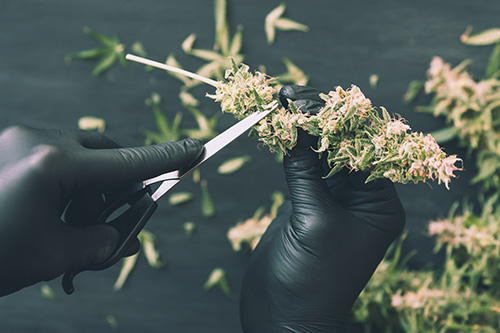
Final Thoughts
Getting started with home-grown cannabis can be daunting, but with the right equipment and a commitment to looking after your plants, you can get a quality crop of cannabis that will benefit your health!


